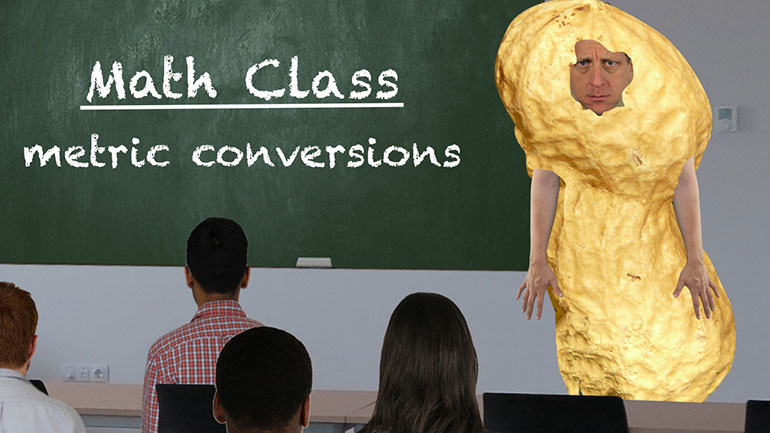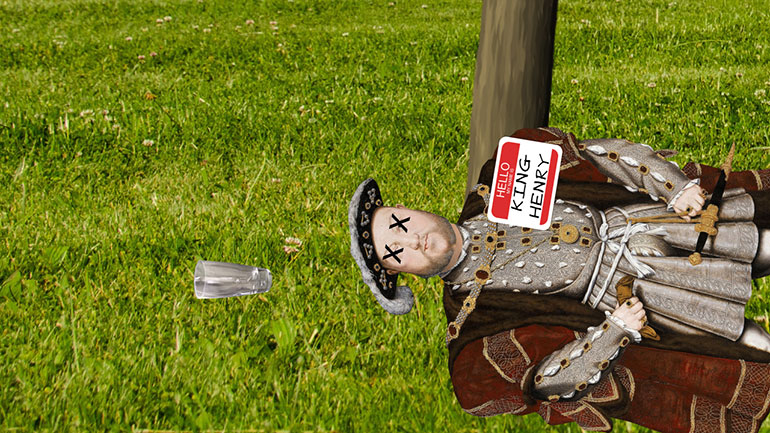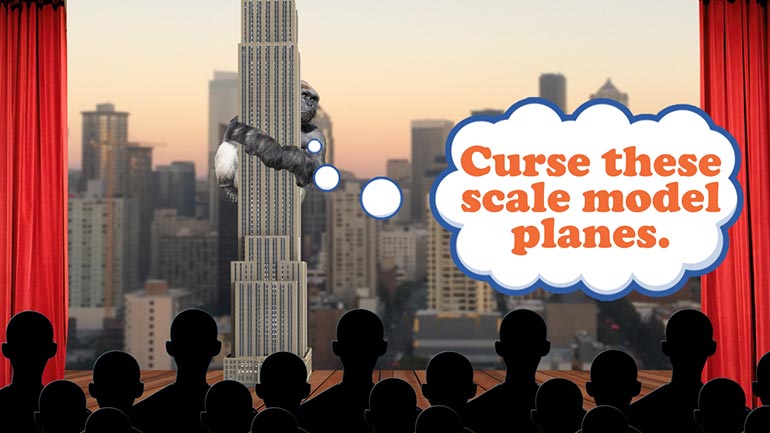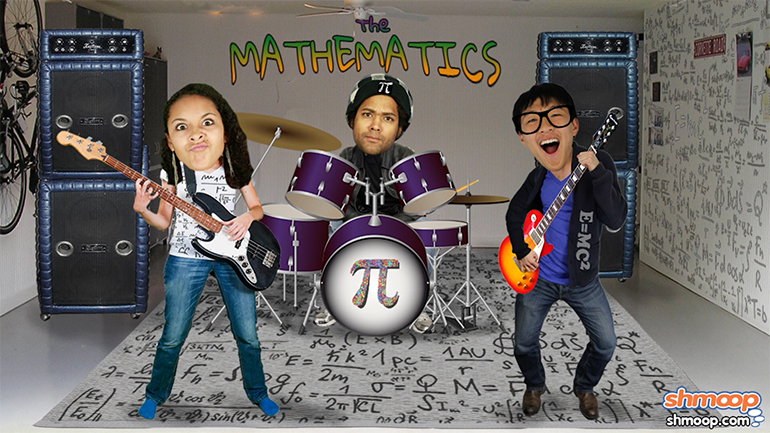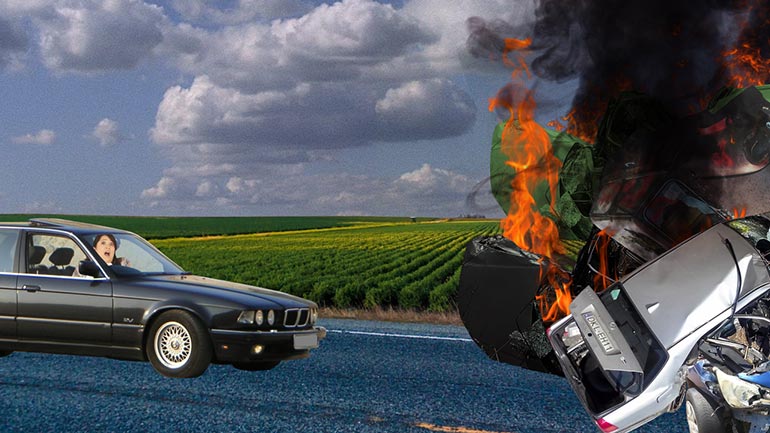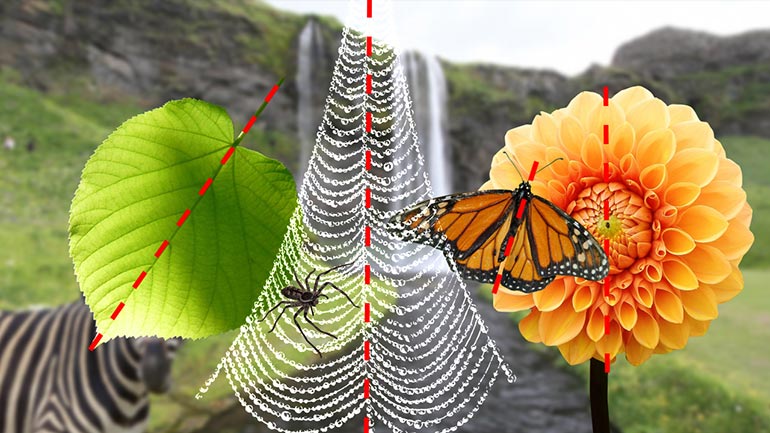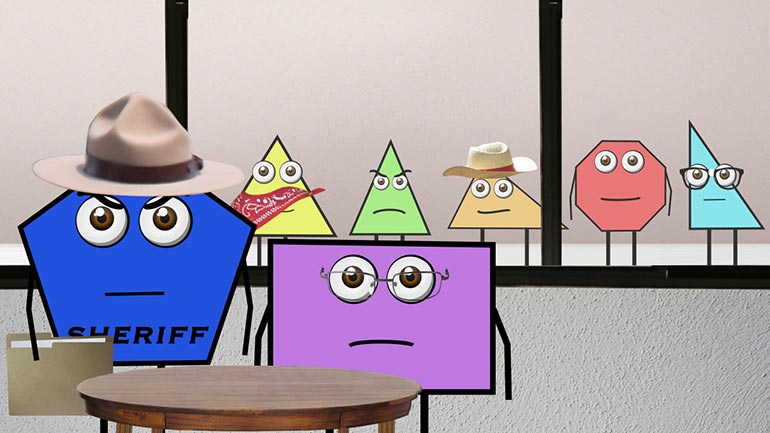ShmoopTube
Where Monty Python meets your 10th grade teacher.
Search Thousands of Shmoop Videos
Math Videos 15 videos
When the person's face goes red, then you know they're really mad. But that's just how to measure madness. We've got tons of other measurement...
We're going to start off with a murder mystery involving King Henry and chocolate milk, but just stick with us. We definitely absolutely know what...
What are scale models? Well, they're the exact replicas of the real thing...only smaller. We'd create a scale model of Kevin Hart, but we'd have to...
Math 4: Measuring Madness 59 Views
Share It!
Description:
When the person's face goes red, then you know they're really mad. But that's just how to measure madness. We've got tons of other measurements in this video. Take a look.
Transcript
- 00:13
Whether we think about it or not, we’re constantly measuring things. [Girl next to a measuring scale drawn on a wall]
- 00:16
There are the obvious ones, like who’s taller –
- 00:19
--or who has bigger feet…
- 00:20
--and the less obvious ones, like who can bawk like a chicken the loudest… [Man in a chicken suit]
- 00:24
Yeah…we think we've got that one on lock. [Woman puts her thumbs up]
Full Transcript
- 00:27
Another unit of measurement? [Teacher at the front of a class]
- 00:29
Time.
- 00:30
When you look at a clock to see how much time is left in math class, you’re measuring time. [Clock ticking]
- 00:34
Time can be measured in seconds, minutes, hours…
- 00:37
… as well as days, months, and years… [Coop pointing at a blackboard]
- 00:39
… which is sometimes how long it seems like math class lasts. [Students crying in class]
- 00:42
We can also measure things like the temperature to know how hot or cold it is outside.
- 00:47
Temperature is measured in degrees Celsius or Fahrenheit – and it’s important to [Thermometer]
- 00:50
know which you’re measuring in.
- 00:52
That’s because 40-degrees Celsius is over 100- degrees Fahrenheit. [Dino pointing at a blackboard]
- 00:56
So if you tell someone to pack for 40 degree whether and forget to mention it's Celsius…well…you
- 01:00
might have one hot-headed friend.
- 01:01
Literally. [Man with a surfboard and man wearing a winter coat]
- 01:03
There are also two kinds of systems for measuring things like distance and weight.
- 01:07
Right now, we're going to cover the metric system.
- 01:09
The metric system of measurement is used… well, almost anywhere you can measure.
- 01:14
The metric system divides things into liters, meters or grams – which are called “base units." [Coop pointing at a blackboard]
- 01:23
And just like a day can be divided into hours, minutes or seconds – each base unit in the [Stopwatch]
- 01:27
metric system can also be divided up. [Arrows pointing to the different units on the stopwatch]
- 01:29
We do this in units of ten, with each unit corresponding to a prefix.
- 01:33
From largest to smallest, those prefixes go “kilo-”, “hecto-”, “deca-”, “deci-”,
- 01:38
“centi-” and “milli-”.
- 01:39
Let’s see how we can convert our metric measurements, to go from, say, a meter to
- 01:43
a millimeter.
- 01:44
First, we need a guide or scale of some kind. [Doctor appears]
- 01:46
For that, let's bring in our special guest star, Jane. [Little girl walking in]
- 01:49
Here’s Jane.
- 01:50
Jane is one meter tall.
- 01:52
But with our metric prefixes, and knowing that
- 01:55
everything gets divided into tens, we could go up the measurement scale and say that Jane
- 01:59
is point-one decameters, point-oh-one hectometers or point-oh-oh-one kilometers tall. [Hand pointing to the different units]
- 02:04
Or, going down the scale, we could say Jane is ten decimeters, one-hundred centimeters,
- 02:09
or one-thousand millimeters tall.
- 02:11
Get it?
- 02:12
And now we have a guide we can use to do any conversion we want! [Doctor pumping their arms in the air]
- 02:15
Thanks, Jane.
- 02:16
We can then put those measurements into fraction form.
- 02:19
And now we have ratios to use for our conversions.
- 02:22
Want to know how many kilometers you’ll have to walk for that 3000 m trip?
- 02:26
Just make 3,000 the numerator of the “kilometer” ratio…
- 02:30
… and we get three thousand over one thousand.
- 02:33
Or, 3 kilometers.
- 02:35
And there you go!
- 02:36
Metric conversion in a nutshell.
- 02:38
We don't recommend you do metric conversion in a nutshell though. [Mans face in a nutshell]
- 02:40
That sounds kinda cramped. [Teacher at the front of the class in a nutshell]
Related Videos
Sticks and stones, right? Well...only sometimes. It's a good idea to make sure your words aren't going to hurt others. Let's look at some ways to d...
Learn to debate like a champ. It's way better than debating like a chimp. That just takes mudslinging to a whole new level.
Today we'll learn about biographies and autobiographies. And no, the second one has nothing to do with the lives of cars.
In this lesson we'll subject you to some verbs and predicates. Each one is a necessary part of a complete breakfas—er...sentence.
Choosing words carefully is important. You may end up vexing the assemblage of citizens you're conversing with...or you might even just plain bore...
